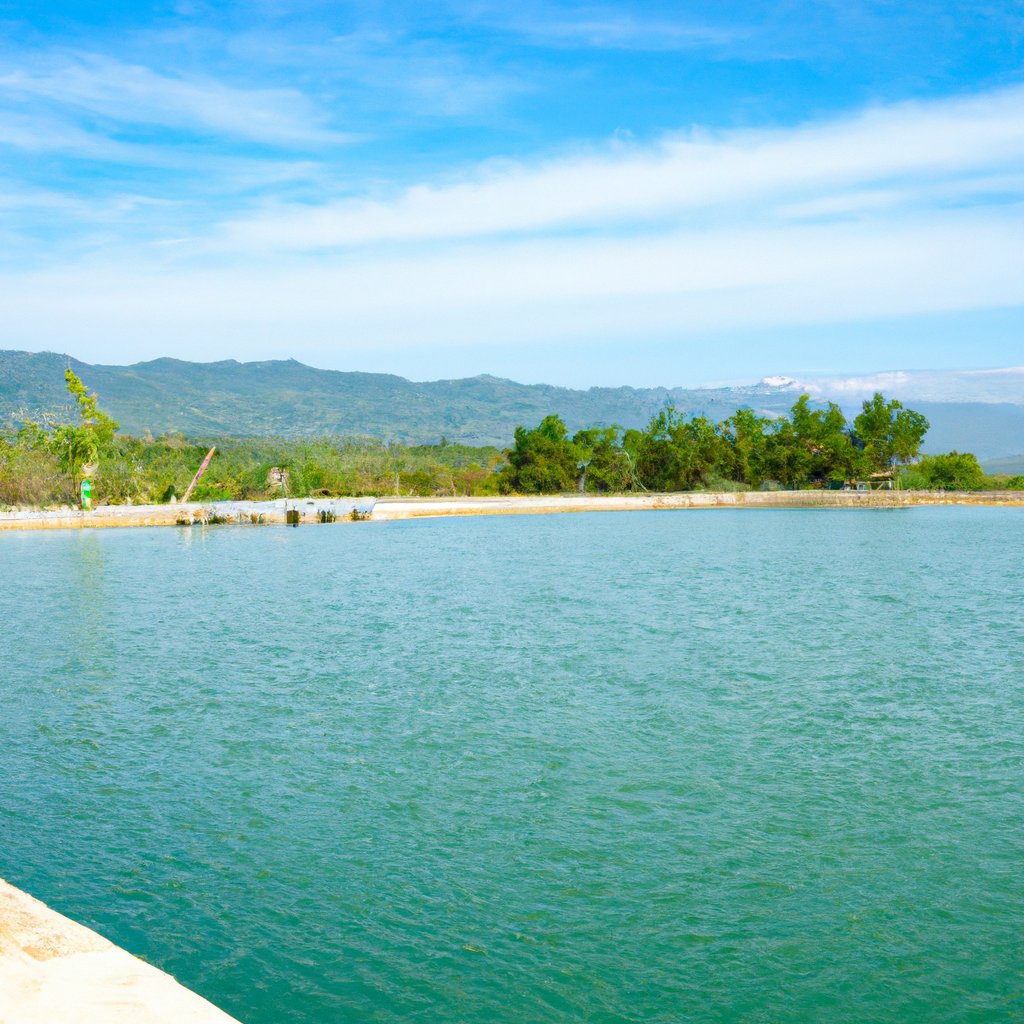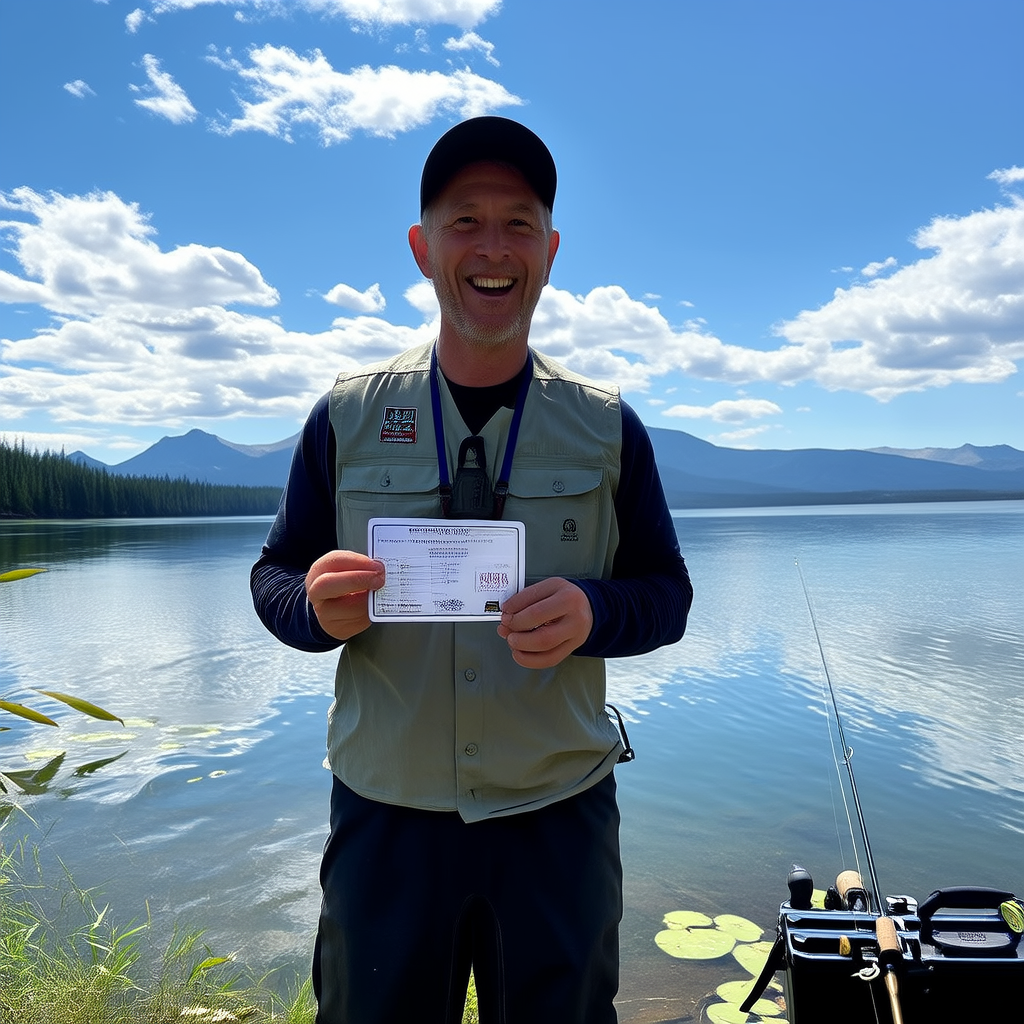Introduction
Fly fishing ponds are a relaxing and immersive experience that is suitable for all levels of anglers. These tranquil bodies of water are filled with fish species which can be a challenge to catch. This comprehensive guide will explore the world of fly-fishing ponds. We will examine various techniques, equipment and strategies that can enhance your fishing experiences.
Fly Fishing Ponds: Benefits
Fly fishing ponds offer a number of unique benefits that make them a popular option for anglers. The calm, still waters are ideal for learning how to cast and master the art of fly-fishing. The abundance of fish species also ensures that you have a good chance of success. This makes for a rewarding experience.
Fish found in Fly Fishing Ponds
Fly fishing ponds have a wide variety of fish species including trout, carp, bass and panfish. Each species has its own characteristics and fishing challenges. Trout are known to be elusive and require finesse when presenting them. Bass are aggressive predators who provide exciting fights.
Equipment for Fly Fishing Ponds
The right equipment is essential for a successful fly-fishing expedition. Fly rods and reels should be chosen based on which fish species you plan to target. For trout, you should choose a rod with a light action and a delicate feel. For bass, a heavier rod will be more suitable. It is important to have a wide variety of fly patterns and leaders to match the feeding preferences of each fish.
Fly Selection for Fly Fishing Ponds
Fly selection in fly-fishing ponds is all about matching the hatch. The right fly pattern can be identified by observing the aquatic life and insects in the water. This can change depending on the time of day, the season and the pond that you are fishing. You should have a variety of dry flies and nymphs to cover all possible scenarios.
Fly Fishing Techniques
You can use a variety of fly fishing techniques in ponds. Some popular techniques include:
1. Dry Fly Fishing
This technique involves presenting an artificial fly floating on the surface of the water to imitate insects that have just hatched or fallen into the water. To fool the fish, you need to use a delicate cast and a precise presentation.
2. Nymph Fishing
Nymph fishing involves imitating aquatic life, especially the larval stage insects. This technique involves using weighted nymph patterns or sinking lines to get the fly deeper into the water.
3. Streamer fishing
Streamer fishing is retrieving a lure which imitates baitfish, or other small prey. This technique triggers aggressive strikes by predatory fish species like bass or pike.
Fly Fishing Strategies for Ponds
Fly fishing ponds can be a lot more enjoyable if you use effective strategies. Here are some strategies you should consider:
1. Location and Observation
Look for signs of fish activity such as tailing or cruising. Look for structures, such as weeds or fallen trees where fish may seek shelter or food. This will help you to determine where to cast your line.
2. Presentation
Presentation is key to fooling fish into taking a fly. Cast with accuracy and delicacy to avoid spooking fish. Pay attention to your retrieve speed and depth, matching the behavior you are trying to imitate.
3. Patience and Persistence
Fly fishing in ponds takes patience and persistence. It’s important to stay focused and try different flies, locations, and techniques until you find success.
Etiquette and Conservation
Respecting the environment is part of responsible fly fishing, as is practicing proper etiquette. Always follow local fishing regulations. This includes size and catch restrictions. Avoid littering, and remove all trash. To preserve the fish population, it is important to release the fish and handle them with care.
Fly Fishing Ponds: Tips and Tricks
Here are some tips to improve your fly fishing experience at ponds.
1. Research the Pond
Research the pond before you go fishing. Research the pond you plan to visit. Find out about the fish species, seasons and any rules or regulations that may be applicable.
2. Variate Your Retrieval speed
Try different retrieval speeds and see what lures the fish. On some days, fish may prefer slower retrieves while on others, a faster retrieve might be more effective.
3. Weather patterns are important to pay attention to
Fish behavior can be greatly affected by weather conditions. Overcast days and periods of low-light can increase the activity of fish, increasing your chances of success. Adjust your strategy accordingly.
4. Stay Stealthy
Avoid making excessive noises or splashes when approaching the pond. Fish are easily spooked and a low profile increases your chances of getting closer to them without alarming.
Conclusion
Fly fishing ponds are a great place to test your skills and find tranquility. Understanding the different techniques, equipment, strategies, and tips discussed in this guide will help you improve your fly fishing skills and increase your chances of being successful. To ensure the sustainability of the beautiful fly fishing ponds, it is important to respect the environment.




